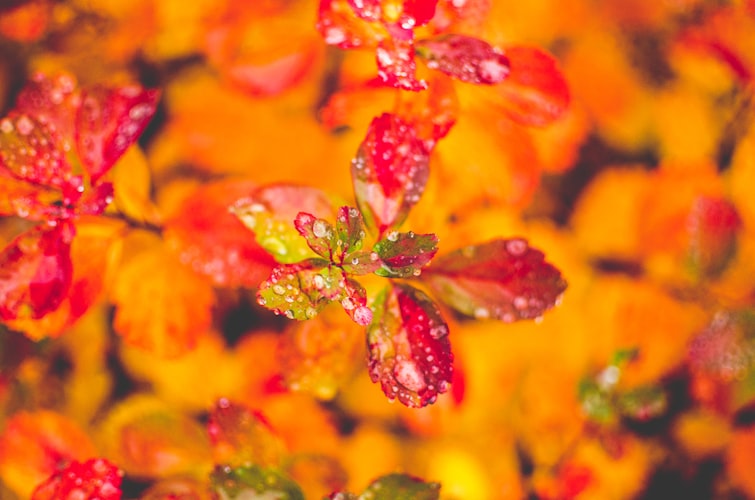
Transcriptome in Vivo Analysis (TIVA) of Spatially Defined Single Cells in
One reason for our splitting the RNAseq channel is to be able to write about relevant experimental methods in addition to bioinformatics. Readers will find a recent paper (Jan) in Nature Methods interesting (h/t: gunguez).
Transcriptome profiling of single cells resident in their natural microenvironment depends upon RNA capture methods that are both noninvasive and spatially precise. We engineered a transcriptome in vivo analysis (TIVA) tag, which upon photoactivation enables mRNA capture from single cells in live tissue. Using the TIVA tag in combination with RNA sequencing (RNA-seq), we analyzed transcriptome variance among single neurons in culture and in mouse and human tissue in vivo. Our data showed that the tissue microenvironment shapes the transcriptomic landscape of individual cells. The TIVA methodology is, to our knowledge, the first noninvasive approach for capturing mRNA from live single cells in their natural microenvironment.

The authors use an tag that captures mRNA only after photo-activation. That way, there is no need to do physical surgery on the cells and one can capture expressed genes in a non-invasive way.
Here we describe a method for isolating mRNA from a single cell in complex tissues using a photoactivatable mRNA capture molecule called the TIVA tag. We demonstrate the utility of the TIVA tag in both cell culture and brain tissue for capture of singlecell mRNA for subsequent RNA-seq transcriptome analysis. We apply this approach to study the unique transcriptional landscape of single neurons in vivo and how their transcriptomes differ fundamentally from those of cells in culture.